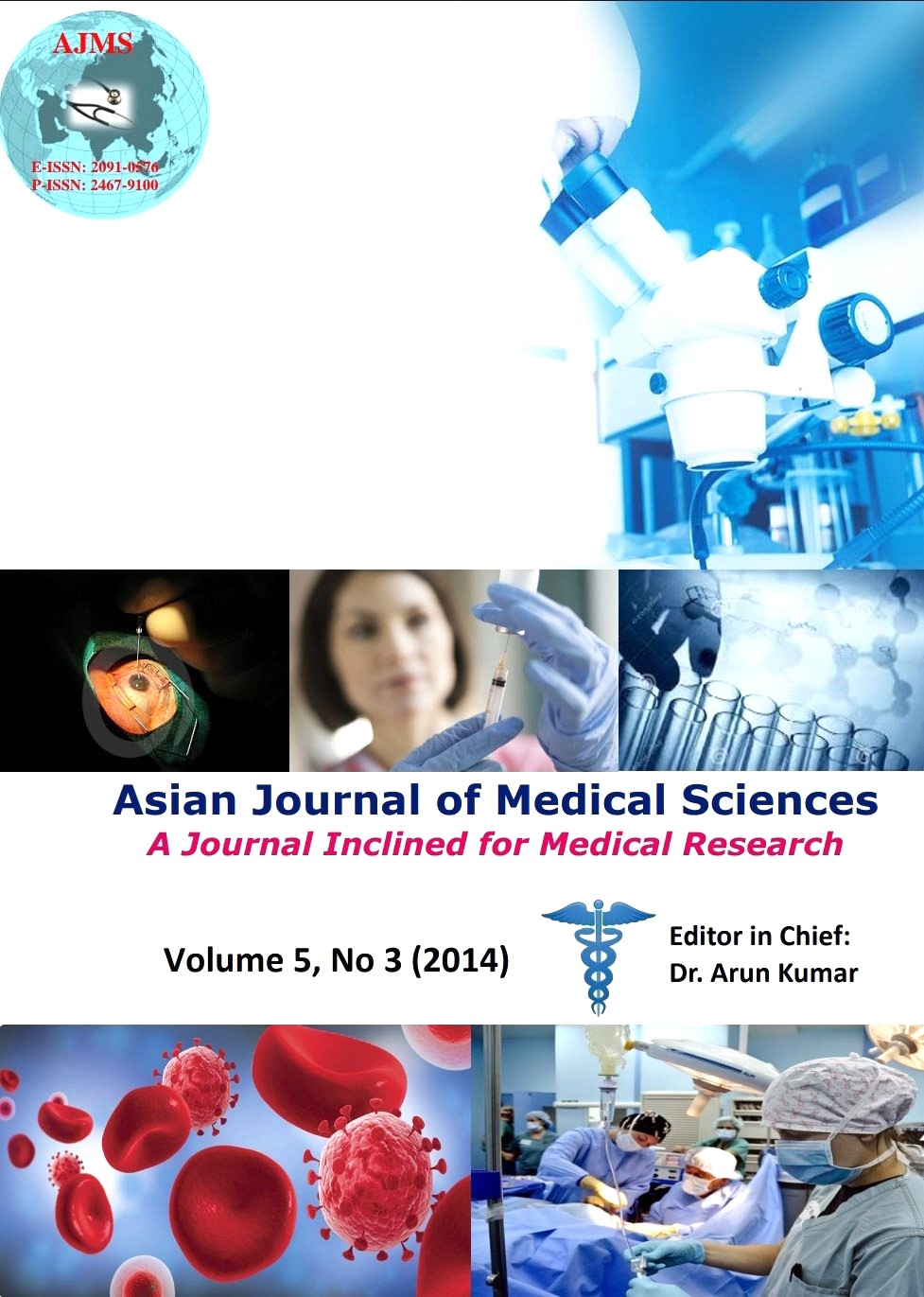Right choice of a method for determination of cut-off values: A statistical tool for a diagnostic test
Keywords:
Logistic Regression, Confidence Interval, Cut-off value, Discriminant analysis, ROC curve, Sensitivity and SpecificityAbstract
Objective: The clinical diagnostic tests are generally used to identify the presence of a disease. The cutoff value of a diagnostic test should be chosen to maximize the advantage that accrues from testing a population of human and others. When a diagnostic test is to be used in a clinical condition, there may be an opportunity to improve the test by changing the cutoff value. To enhance the accuracy of diagnosis is to develop new tests by using a proper statistical technique with optimum sensitivity and specificity.
Method: Mean±2SD method, Logistic Regression Analysis, Receivers Operating Characteristics (ROC) curve analysis and Discriminant Analysis (DA) have been discussed with their respective applications.
Results: The study highlighted some important methods to determine the cutoff points for a diagnostic test. The traditional method is to identify the cut-off values is Mean±2SD method. Logistic Regression Analysis, Receivers Operating Characteristics (ROC) curve analysis and Discriminant Analysis (DA) have been proved to be beneficial statistical tools for determination of cut-off points.
Conclusion: There may be an opportunity to improve the test by changing the cut-off value with the help of a correctly identified statistical technique in a clinical condition when a diagnostic test is to be used. The traditional method is to identify the cut-off values is Mean ± 2SD method. It was evidenced in certain conditions that logistic regression is found to be a good predictor and the validity of the same can be confirmed by identifying the area under the ROC curve.Abbreviations: ROC-Receiver operating characteristics and DA-Discriminant Analysis.
Asian Journal of Medical Science, Volume-5(3) 2014: 30-34
http://dx.doi.org/10.3126/ajms.v5i3.9296
Downloads
Downloads
Additional Files
Published
How to Cite
Issue
Section
License
Authors who publish with this journal agree to the following terms:
- The journal holds copyright and publishes the work under a Creative Commons CC-BY-NC license that permits use, distribution and reprduction in any medium, provided the original work is properly cited and is not used for commercial purposes. The journal should be recognised as the original publisher of this work.
- Authors are able to enter into separate, additional contractual arrangements for the non-exclusive distribution of the journal's published version of the work (e.g., post it to an institutional repository or publish it in a book), with an acknowledgement of its initial publication in this journal.
- Authors are permitted and encouraged to post their work online (e.g., in institutional repositories or on their website) prior to and during the submission process, as it can lead to productive exchanges, as well as earlier and greater citation of published work (See The Effect of Open Access).




